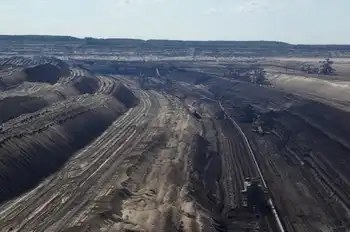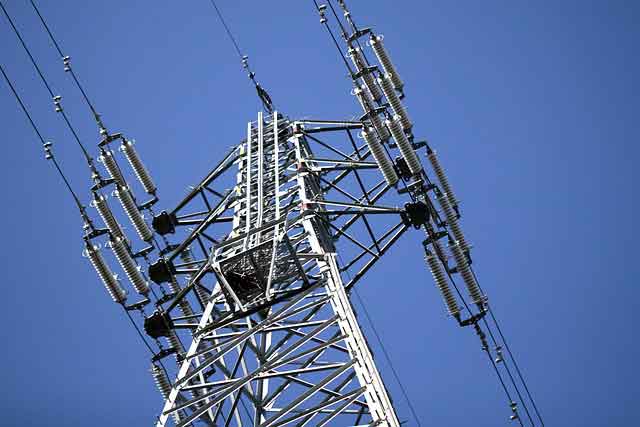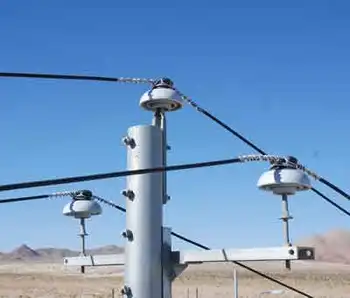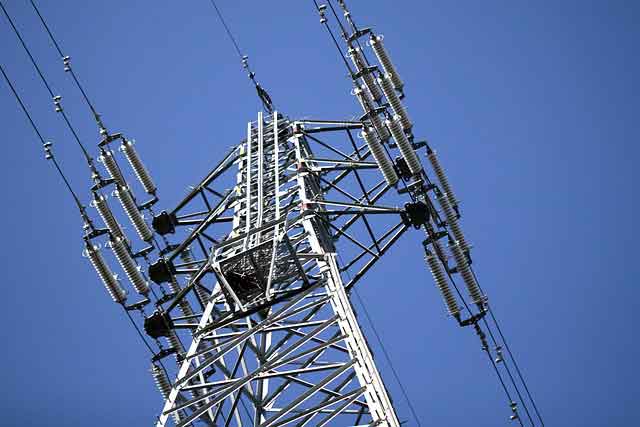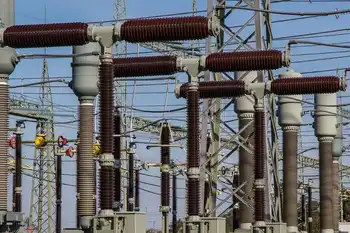Cleaner trash-to-energy tech hits the ground
By CNET News
Substation Relay Protection Training
Our customized live online or in‑person group training can be delivered to your staff at your location.

- Live Online
- 12 hours Instructor-led
- Group Training Available
At a panel discussion on waste-to-energy at the AlwaysOn GoingGreen East conference, representatives from four companies detailed their plans to use gasification to convert waste products to usable energy. Some products are ready to be deployed more widely while others are still in the pilot testing phase.
The promise of using municipal solid trash or other waste products for useful energy is tantalizing: it's a renewable resource and reduces the need for methane-emitting landfills or incineration.
But making the technology less expensive, along with resistance from communities over environmental concerns, remain formidable barriers.
"It's a bit of minefield. We all run companies where 40 companies have failed before us," said Bill Davis, the CEO of Ze-Gen, a start-up which has a pilot facility for turning construction debris into electricity.
Representatives from the four companies — Ze-Gen, IST Energy, Enerkem, and Plasco Energy Group — took pains to point out that gasification is different and cleaner than combustion.
In a gasifier, a feedstock like municipal trash is heated at high temperatures and pressure, which breaks down the material into a synthetic gas, which contains hydrogen and carbon monoxide. That synthetic gas, or syngas, can be burned in a commercial turbine to make electricity or heat.
Plasco Energy Group appeared to be furthest along in terms of commercializing the technology. It has a facility in Ottawa, Canada, that handles 100 tons a day of municipal garbage left over after recyclable items have been removed. The company plans to open a manufacturing facility this summer to produce more of these 100-ton modules and is in discussion with communities in California, British Columbia, France and the U.K., according to CEO Rod Bryden.
Bryden hopes to replicate the model in Ottawa where the waste-to-energy facility is sited in the city and the community holds the company to high environmental standards for air quality and waste water disposal.
After creating a syngas, its equipment can separate residual materials and turn them into products, so that 99 percent of the input is used. Leftover solids, for example, can be mixed to make asphalt or other construction equipment, Bryden said.
"One of the things about garbage (as a feedstock) is that it's where the people are and that's where the energy is used," he said. Wind and solar, by contrast need to have transmissions constructed. "The first barrier to overcome is environmental (such as air quality). If you can't get by that, you won't be able to get into business."
Enerkem uses a gasification process as well, but makes ethanol rather than electricity. Last year it signed a contract with Edmonton in Canada to supply 25 years worth of telephone poles which will be converted into ethanol.
It plans to open a facility in Montreal, which took only four months to be permitted. By contrast, the last incinerator in the U.S. was built in 1996, according to Vincent Chornet, the CEO of Enerkem.
The company will announce plans for another waste-to-ethanol facility in Mississippi, he said.
Permitting, however, remains a formidable barrier, said Stu Haber, the CEO of IST Energy, which has developed a waste-treatment machine that can fit onto a flatbed truck. It's aimed at hospitals, prisons, and other buildings that generate at least two tons of trash a day.
Regulations for waste-to-energy were not written for gasification technology, which means that state agencies don't know how to deal with IST Energy's product, which the company intends to start manufacturing this summer.
"If we can't (get through) restrictions in government agencies, we'll have to go out business and it will make it harder for the industry," Haber said.
Also, within communities there's opposition from people who associate waste-to-energy with incineration, noted Ze-Gen's Davis.
On a technical level, making sure that a gasification can produce enough energy to be a replacement for fossil fuels, such as natural gas, still remains a challenge. Ze-Gen's business model, for example, is to get a high-quality fuel that can replace natural gas at a power plant facility. But with falling fossil fuel prices, the target is harder.
"Our competitor effectively is landfill most of the time so the biggest long-term issue is economics," said Ze-Gen's Davis.





